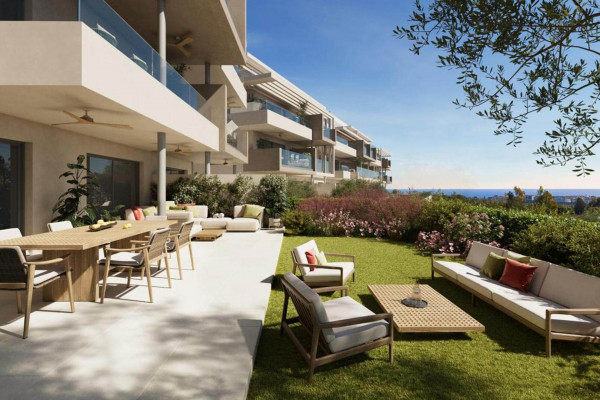Purchasing property in Spain is an exciting opportunity, whether you're looking for a second home in the sun, an investment, or a permanent residence. To ensure a smooth and hassle-free process, it’s essential to understand the steps involved and the specifics of the Spanish real estate market.
1. Define the Type of Property and Location
Spain offers a wide variety of properties, from urban apartments and coastal villas to rural estates. When choosing, consider:
- Purpose of the purchase: Do you need the property for permanent residence, holiday use, or rental investment?
- Location: Would you prefer a bustling city, a quiet seaside town, or a peaceful countryside setting?
- Budget: Property prices vary significantly depending on the region and type of property.
2. Choose a Reliable Real Estate Agency and Agent
Working with a reputable local real estate agency is crucial. An experienced agent will help you find suitable properties, negotiate the price, and manage the necessary paperwork. Lemberg Estate collaborates with reliable and professional Spanish agents only!

3. Legal Due Diligence on the Property
Before signing any agreement, it’s essential to verify the property’s legal status. This includes:
- Checking ownership details.
- Ensuring there are no encumbrances (e.g., mortgages or liens).
- Confirming compliance with local building regulations.
It’s strongly recommended to hire an independent lawyer specializing in Spanish real estate law.
4. Reservation Agreement and Deposit
Once you’ve chosen a property, a reservation agreement (Contrato de Reserva) is typically signed, along with a deposit payment (usually 1-2% of the purchase price). This ensures the property is held for the buyer for a specified period.
5. Preliminary Purchase Agreement (Contrato de Arras)
After completing legal checks, a preliminary purchase agreement is signed. At this stage, a further deposit (usually 10% of the purchase price) is paid. This agreement outlines the terms of the sale and the deadline for signing the final purchase deed.
6. Final Purchase Deed (Escritura Pública) and Property Registration
The final deed is signed before a notary. Once the remaining purchase amount is paid, the notary ensures the new owner is registered in the official Land Registry.
7. Additional Costs Associated with the Purchase
Aside from the property price, buyers should budget for the following expenses:
- Transfer Tax (Impuesto de Transmisiones Patrimoniales, ITP): For resale properties, this ranges between 6% and 10% of the purchase price, depending on the region.
- VAT (Impuesto sobre el Valor Añadido, IVA): For new properties, VAT is charged at 10%.
- Notary and Land Registry Fees: These generally amount to 1-2% of the purchase price.
- Legal Fees: A lawyer’s fees typically range between 1-2% of the purchase price.
8. Financing the Purchase
If you plan to finance the purchase with a mortgage, Spanish banks offer loans to foreign buyers. Generally, buyers are required to contribute at least 30% of the purchase price and meet other eligibility criteria.

9. Obtain a NIE (Número de Identificación de Extranjero)
A NIE (Foreigner’s Identification Number) is mandatory for all legal and tax activities in Spain, including property purchases. It can be obtained at the local police station or through the Spanish consulate in your home country.
10. Property Insurance
After the purchase, it’s advisable to take out property insurance to cover potential damages caused by fire, flooding, or other unforeseen events.
By following these steps and working with professionals, you can ensure a seamless property purchase in Spain and enjoy your new home or investment in this beautiful country.



